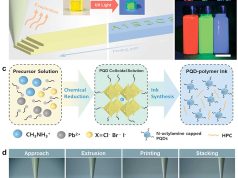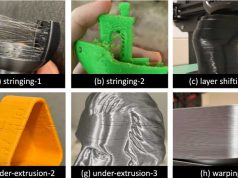A team from the University of Sydney and the Children’s Medical Research Institute has developed a new 3D printing process for human tissue. Using photolithography, they can create an environment that mimics the architecture of organs.
According to the researchers, led by Professor Hala Zreiqat, the method is an important step toward 3D printing functional organs. Similar to a template, cells are given precise instructions on how to form into tissue structures.
Dr. Peter Newman compares it to building a Lego castle: without a blueprint, the building blocks just end up chaotically on top of each other. In the same way, cells need precise control when building tissues. Otherwise, disordered structures develop.
Using the 3D printing process, researchers have already been able to reproduce simple bone and fatty tissue as well as structures that mimic embryonic development processes. In the long term, the method should help to grow artificial organs for transplantation.
It also enables detailed models of diseased tissue to study disease progression and therapies. According to Professor Zreiqat, this could open up new treatment options in the future for age-related macular degeneration (diseases of the retina of the eye), for example.
The scientists published the paper “Programming of Multicellular Patterning with Mechano-Chemically Microstructured Cell Niches” on this topic in Advanced Science.
Subscribe to our Newsletter
3DPresso is a weekly newsletter that links to the most exciting global stories from the 3D printing and additive manufacturing industry.
























